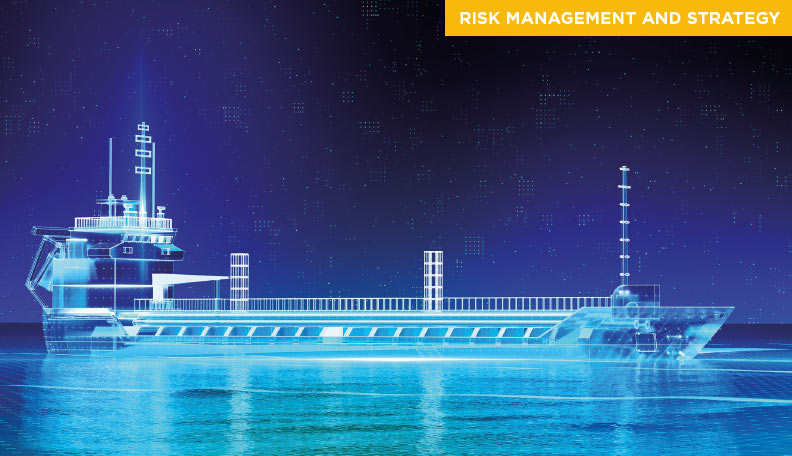
Early in 2020, the threat of the SARS-CoV-2 virus prompted many countries to implement preventative measures such as travel restrictions, which cascaded into trade restrictions.
Having a centralised source of crisis credit information can have a critical impact on decision-making speed, helping to avoid – or at least mitigate – business disruption.
Treasurers are finding it exceedingly difficult to continue to use manual and, in some cases, multiple complex workflows that involve various systems and many points of contact.
This is especially true in the management and optimisation of credit lines, and important instruments such as bank guarantees, letters of credit (LCs) and standby letters of credit (SBLCs) with multiple banks.
There are various techniques that treasurers can utilise to streamline their workflows and communications with their banks to optimise their credit-line utilisation, transaction management, and leverage the advancing digitisation of banks and insurance providers.
The past couple of years have seen the adoption of recent technologies in the trade space become increasingly popular as the pandemic has put tremendous strain on the supply chain.
But only a small minority of corporates are fully leveraging efficient and robust solutions to manage their credit lines and relationships with their banking partners.
In industry and construction, we see huge volumes of performance and warranty bonds being passed around between banks and treasuries using every form of communication available.
In international trade, lost or delayed documents spanning different continents are seen as a normal occurrence.
These very documents are also prone to forgery and need to be safely stored and manually reconciled. At issuance of these documents, the process is burdensome for corporates and any delays mean that they are not open for business.
Corporates need to transition to the latest solutions that enable multiple bank workflows.
Treasury departments need to be able to manage and edit LCs, bank guarantees and electronic presentations from a single interface.
This is important for large, multinational corporations with subsidiaries or treasuries distributed across the globe, for whom greater visibility across borders and organisational boundaries can provide efficiencies at scale in use of credit lines, working capital and transaction management.
With the increased adoption of digital trade finance solutions by banks across the globe as well as the improving interoperability between these solutions, corporates can easily communicate with all their banks and finally move away from antiquated paper processes and multiple communication channels.
We are witnessing a golden age in trade digitisation, in part spurred on by the impacts of the pandemic.
With a lot of working habits having changed and remote working no longer being the exception, adopting multibanking trade finance solutions allows treasuries to remotely manage and optimise LCs, bank guarantees and credit line relationships with banks.
The technological landscape for trade and treasuries has propelled forward bringing many advantages by digitising important paper documents and reconciling all transactions in one place and building open communication channels with financial institutions.
Jacco de Jong is head of global sales at Bolero International, a trade finance digitisation specialist
This article was taken from the Issue 1, 2022 edition of The Treasurer magazine. For more great insights, log in to view the full issue or sign up for eAffiliate membership
